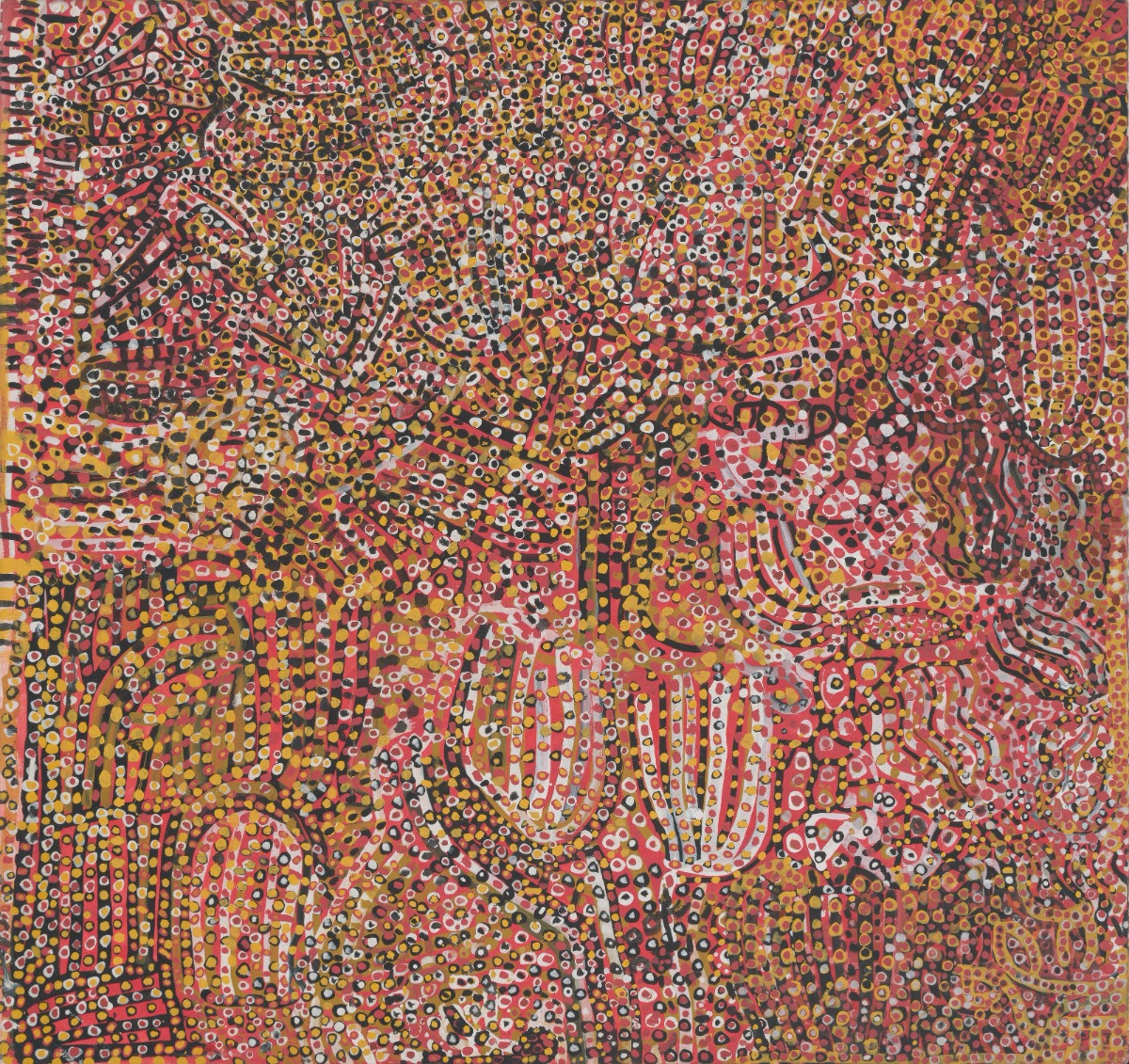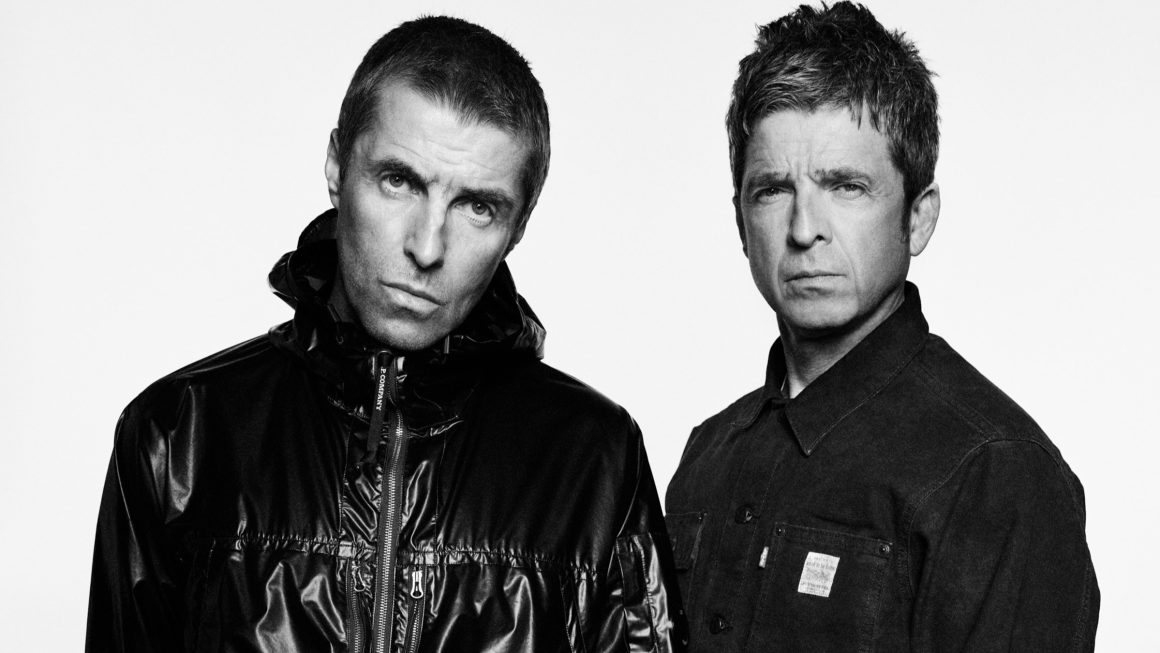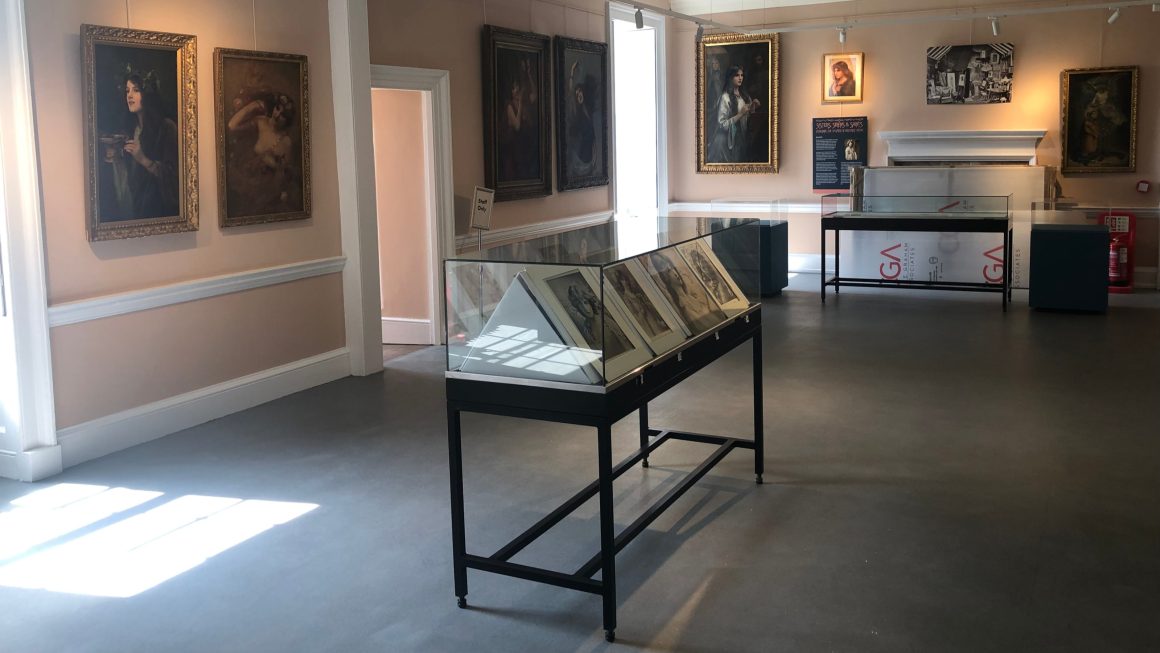In a groundbreaking cultural moment, the work of late Aboriginal artist Emily Kam Kngwarray will receive its first major European showcase next summer at London’s Tate Modern. The comprehensive exhibition, featuring over 70 works, promises to introduce European audiences to one of contemporary art’s most remarkable yet underrecognized pioneers.
Kngwarray’s story is particularly fascinating – she didn’t begin painting on canvas until her 70s, yet created an extensive and influential body of work that continues to captivate audiences nearly three decades after her death. Working from Utopia Station in Australia’s Northern Territory, she translated ancient ceremonial traditions and deep spiritual connections to her ancestral homeland into contemporary art forms.
“This exhibition presents a once-in-a-lifetime opportunity for European audiences to experience Kngwarray’s powerful artistic vision,” says Michael Raymond, Curator of International Art at Tate Modern. The show spans her entire artistic journey, from early experiments with batik textiles in the 1970s to her final, boldly gestural paintings of the mid-1990s.
Visitors will encounter monumental works like “The Alhalker suite” (1993), a 22-canvas series that captures the vibrant ecology of her homeland through an innovative visual language combining traditional Aboriginal motifs with contemporary painting techniques. The exhibition also includes “Untitled (awely)” (1994), a significant six-panel work that represented Australia at the 1997 Venice Biennale.
What makes Kngwarray’s work particularly significant is its development in isolation from Western art movements. Her practice was instead deeply rooted in her role as a senior Anmatyerr woman and her intimate knowledge of the desert landscape. Her paintings feature recurring motifs of native plants, animals, and natural formations, all connected to ancient storytelling traditions.
The exhibition, organized in collaboration with the National Gallery of Australia, runs from July 10, 2025, to January 11, 2026. It represents a significant step in recognizing Indigenous Australian art within the global contemporary art canon and highlights Tate Modern’s commitment to showcasing diverse artistic voices.
For those interested in contemporary art, Aboriginal culture, or the intersection of ancient traditions with modern expression, this landmark exhibition promises to be one of London’s most significant cultural events of 2025.













